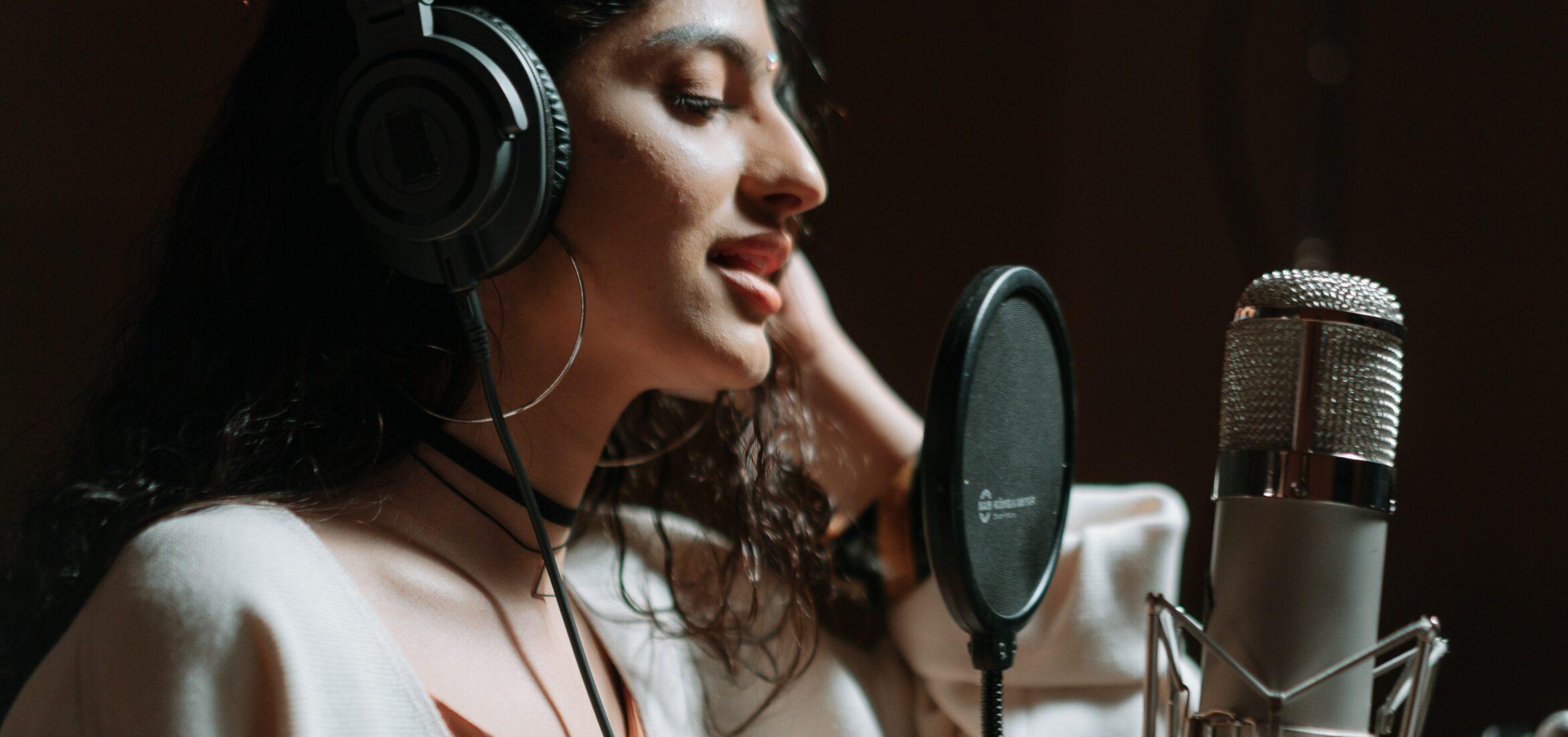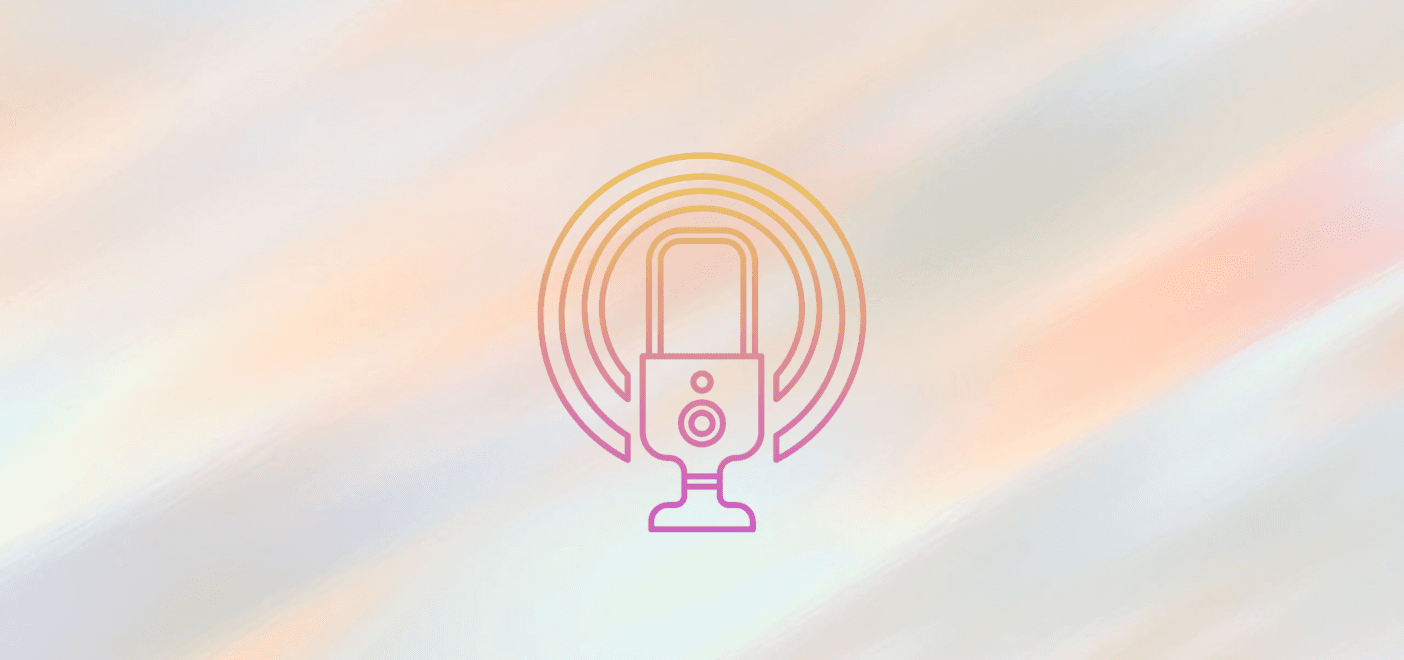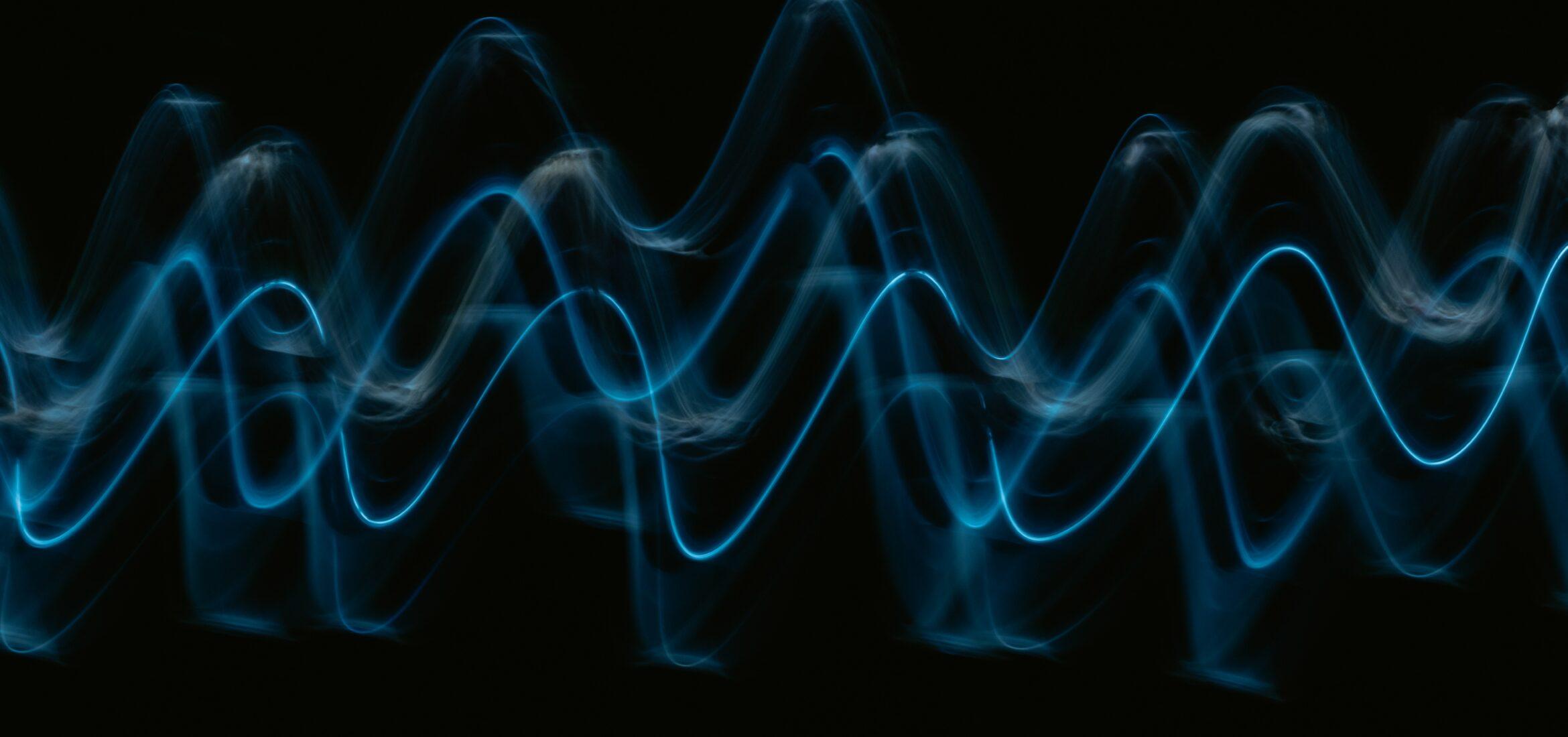In almost every music genre, the inclusion of vocal material plays an integral role. A vocal performance adds to the ambiance and overall vibe of the composition. However, recording vocals isn’t exactly a walk in the park. It requires proper headphone monitoring to ensure that the vocal performance comes out genuinely intriguing and pulls the listeners into the vocalist’s headspace and emotional state. In this article, you will explore the best headphone tips to elevate your vocal performance.
Top 5 Headphone Monitoring Tips for Amazing Vocals
The excellent vocal performance is equally reliant on proper recording and post-processing. So, rather than investing all your time in ‘fixing the mix’ during the post-processing and editing phase, you must also understand the importance of a proper recording process for a professional quality vocal performance. Why? Well, because there is no amount of editing that will fix a botched recording session. That being said, let’s look into these useful vocal monitoring tips that will level up your vocal performance.
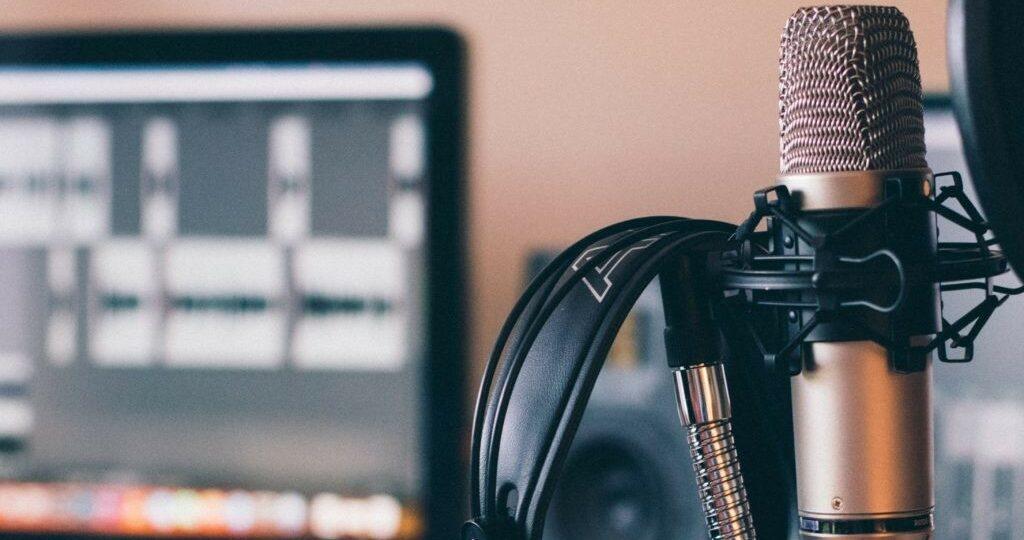
1. Closed-Back Headphones Are Your Weapon of Choice
When recording vocal sessions, closed-back headphones are a standard protocol. These headphones ensure a tight seal around the singer’s ears, allowing the vocal performance to appear with extreme accuracy. Also, to ensure that your vocal performance comes out crystal clear and free of any bleeding sounds during the recording phase, one must invest in good-quality headphones. Closed-back headphones are also considered the weapon of choice when starting a podcast.
Troubleshooting for Closed-Back Headphones!
While closed-back headphones maximize sound isolation, your ears tend to become sensitive with continuous usage. Therefore, it is advisable to take breaks in between. Sometimes vocalists partially take off the headphones from one ear to make sure that the natural sound also comes through. But the better solution for a high-quality vocal recording session is to acquaint the singer with headphones beforehand.
In-ear monitors are also an alternative for vocal performances to eliminate sound bleeds, other than closed-back headphones.
2. Bring in Sound Effects in the Headphone Mix
Do you know that it’s a human tendency to be more critical of your own voice? That is why vocal performances become weak when singers hear themselves through the headphones. Therefore, tweaking the mix is a handy headphone monitoring tip.
To make sure that the vocalist is comfortable with their voice coming through the monitors, add a bit of reverb to the headphone mix. Adding reverb or a minimal dynamic control on the headphone mix is beneficial to camouflage small subtleties. Polished vocal feedback will put the singer at ease and will also significantly improve the overall vocal performance. You can also add vocal and EQ at the initial stage and adjust them later when mixing the vocals to the instrumental tracks.
3. Advice to Adjust the Headphone Monitoring Mix
With vocal recording, you have to be careful with the instrument levels that the vocalist will hear. If the instruments are adjusted too high or low, the singer might mess up the pitch or go off the cue. Therefore, instrument adjustment is an essential step, which allows the vocalist to deliver a power-packed performance.
When you adjust the instrument levels in the mix, keep snare, bass, and kick drums on high. It helps the vocalist to maintain the rhythm and pitch. Simultaneously, chordal instruments such as piano or guitar must be leveled a bit low compared to bass.
4. Maintain a Tonal Balance in Your Vocal Performances
A common vocal recording technique for vocalists and sound designers is to continuously turn up the headphones’ volume levels to capture all the nuances. However, hearing the mix on a high level would only increase listening fatigue. Therefore, if you cannot find the intricate elements you are looking for in the mix, then the tonal balance may be amiss.
The tonal quality or balance of a headphone mix implies that the frequency distribution throughout the audio spectrum is equal. It allows all the instruments, effects, and vocals to shine through equally. Once every element in the mix is in sync at the optimum level, you won’t need to raise the volume at higher levels. Tonal balance is achievable through linear phase EQ and maintaining a consistent ambiance in the instrumental mix and vocal recording. The optimum headphone monitoring volume level for singers should be close to 70 dBSPL.
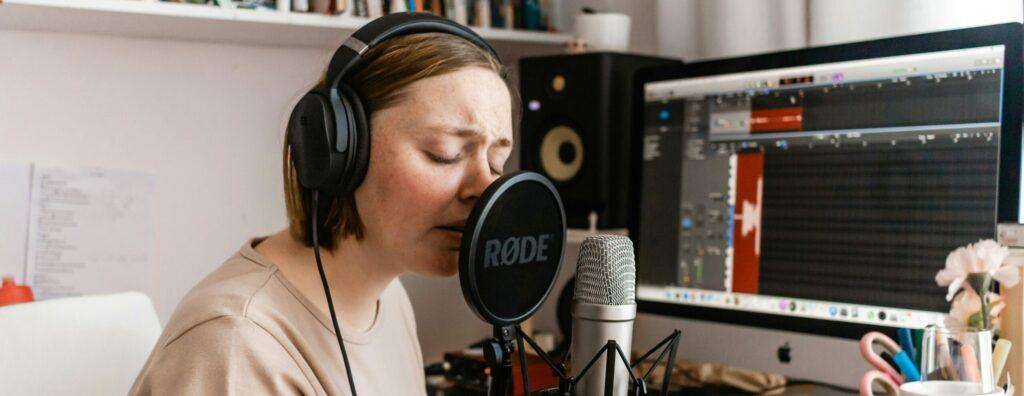
5. Keep the Headphone Mix Simple!
One of the essential headphone monitoring tips for vocal recording is keeping the mix as simplified as possible. If the mix that singers hear through the headphones includes complex harmonies like distortions and synths, they might mess up the pitch or vocal tempo. Likewise, avoid adding chorus and flangers during the recording phase as well. The singer performs best when they get a mono instrument or simplified mix feedback.
Conclusion
Whether you’re a vocalist or sound engineer, the above-mentioned headphone monitoring tips and tricks will step up your vocal performance in the longer run. The rule of thumb here is to utilize closed-back headphones for maximum sound isolation. Additionally, developing a comfort level with the equipment, i.e., the headphone, is essential to improve your vocals.
Lascia un commento
Log in per commentare
